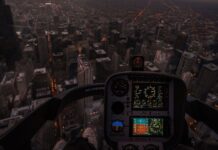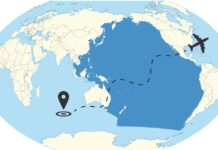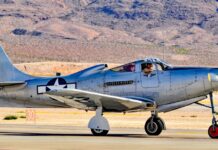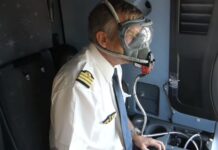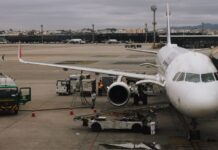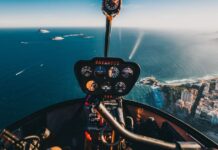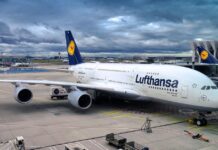What is the use of flaps in aircraft?
Human flight is amazing! It happens because many parts of an airplane work together, following the rules of aerodynamics. One important part that people...
Can helicopters fly at night?
Weather elements like fog, smog, or clouds can compound the already complex challenges of night flight.
Why do planes avoid the Pacific Ocean?
Flying over the boundless blue Pacific Ocean, a marvel of nature and the largest body of water on earth, both challenges and intrigues the...
Bell P-63 Kingcobra (Exploring the Glory)
Travel with me back in time, as we delve deep into the ingenious design, the majestic flight, and the impactful legacy of a marvel...
What is best time to book international flights?
When it comes to planning trips around the world, knowing how to book flights wisely can save you a lot of money. Exploring this...
What is Hypoxia in Aviation? (A Detailed Analysis)
Hypoxia, by definition, is a physiological phenomenon wherein the cells in the body experience a debilitating deficiency of oxygen.
Why is Fuel stored in the wings of the aircraft?
Storing fuel in airplane wings is a clever idea that brings together science, engineering, and history to make flying safer and better. Exploring this...
Do Helicopters have autopilot?
Advancements in technology have always been pivotal in transforming various industries, and aviation is no exception. Specifically, the evolution of autopilot in helicopters has...
What is the difference between A320 and A320neo?
The aviation industry has evolved spectacularly over the years, with significant advancements in technology and design shaping the planes that traverse our skies. Key...
What is so special about Airbus A380?
The Airbus A380 is not just distinguished by its size but also by the ingenious application of cutting-edge technology.



